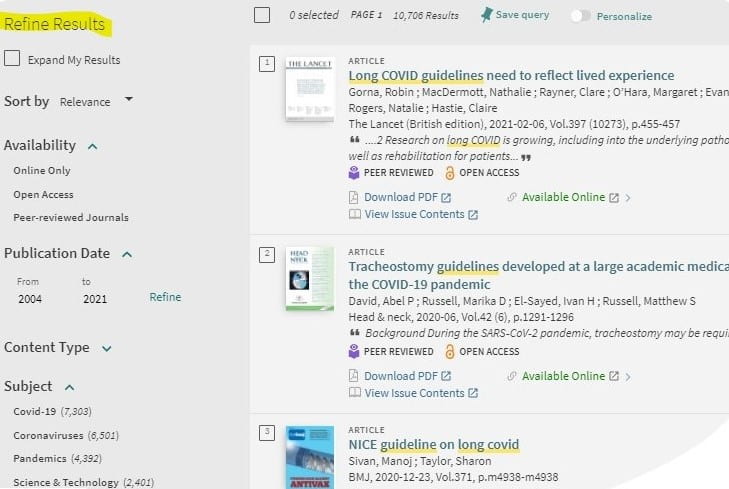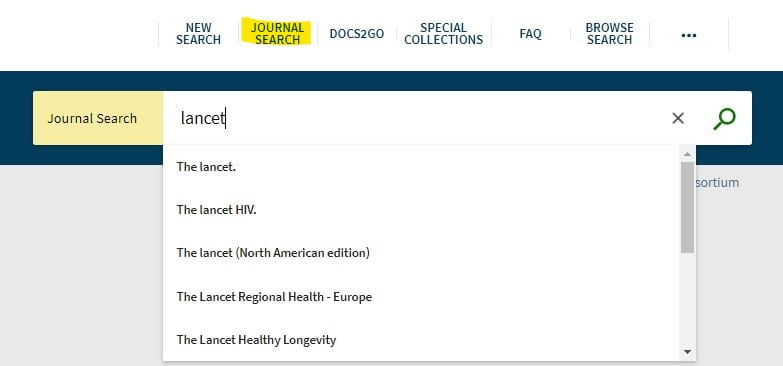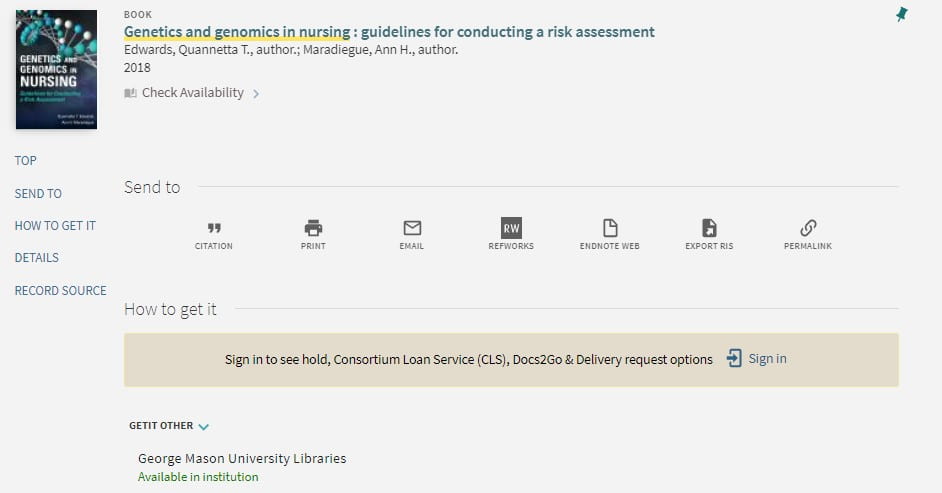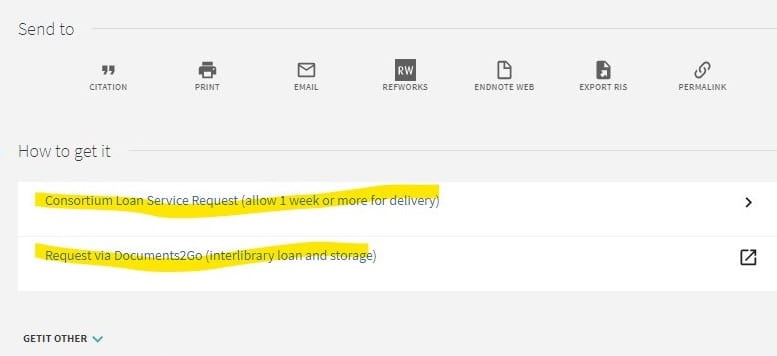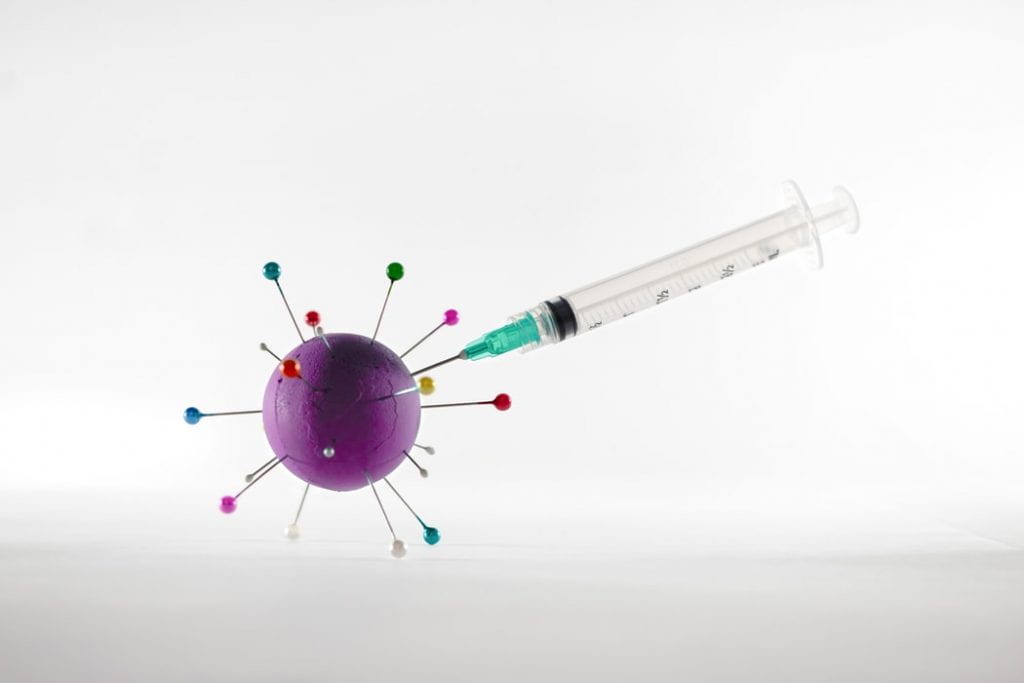Himmelfarb Library offers a variety of studying environments, from individual to group and collaborative spaces. Study space in the library is frequently in high demand. If you want a study room you’ll need to plan in advance. Here’s some tips for finding the right space.
Different floors = different noise levels
The first floor has mostly open, shared tables and allows quiet conversations. The areas around service desks on the first floor and third floor in the Bloedorn Technology Center (BTC) will also have activity and some associated noise. If you’re looking for a very quiet space for high concentration, we recommend going upstairs to the 2nd floor, or the 3rd floor outside the BTC, which are designated quiet zones.
While in the library, electronic devices should be set to quiet mode and cell phone conversations should be taken outside or into a closed stairwell. If listening to music or other audio materials, wear headphones with sound set to a level that will not disturb those around you.

What kind of study spaces are on the different floors?
While the first floor has mostly tables and couches, there are some open carrels by the windows. The second floor has open table seating, cubicles, closed carrels, and study rooms, while the third floor has individual open and closed carrels, tables, and study rooms. Himmelfarb's 2nd floor is reserved for use by graduate students. The B1 level (downstairs) also has some desk seating in the stacks and study rooms. To see what is available where, check the library floor maps.
Want a study room? Reserve in advance!
All Himmelfarb Study rooms must be reserved prior to use and you can make reservations up to seven days in advance using the form here. Most study rooms can accommodate up to 4 individuals. All are equipped with a large screen and white board. Check out markers and erasers at the first floor Circulation Desk.
Reservations cannot be made for more than 4 hours at a time. If you leave a room for more than 15 minutes, you may forfeit it. Occupants are strongly discouraged from leaving belongings unattended.

Study rooms allow for group collaboration, but groups should be mindful of not disturbing those in neighboring rooms.
Can we have a pizza in the study room?
Food allowed in Himmelfarb is limited to small quantities only and food deliveries are also not allowed. Snacks and drinks are permitted in study carrels. Drinks must be contained with a lid. Please be respectful of others and clean up after eating.
It’s so peaceful here and there are comfy couches - can I take a short nap?
We understand that long days and intense study can sometimes send our users into a nod. Unfortunately, GW University policy does not allow sleeping in public places on campus. And your fellow students may not appreciate your snores!




